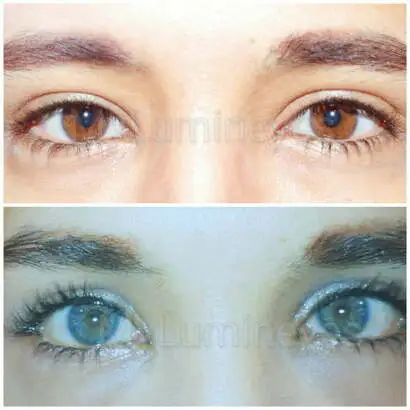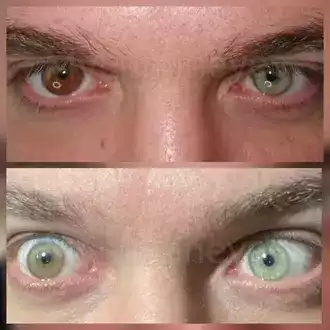- Eye Color Change Clinic
- from inventor of Lumineyes
Welcome to a new age of colored eyes. We offer a real color change in eyes.



Discover The
Secrets Of Istanbul!
Life continues 24 hours a day in Istanbul, the most beautiful city in the world.
In the most beautiful city in the world, your options are limitless. It carries all the pleasures and hobbies of the world within 24 hours. in a city that lives day or night.
Be informed about updates and campaigns.
Best eye color change clinic in world.


“change eye color used to scare me. But that all changed thanks to Mylumineyes! They make everything easy to get my dreams!”

changing eye color is not a dream with Mylumineyes! Everything is perfect and if you do need to speak to someone for help, it’s like talking to a friend!”

“What an amazing experience. From the moment I contacted Mylumineyes I discovered a group of happy, fun and informative medical team. Brown to blue eyes in 4 months i got. Book your appointment today!” Not only is everything so simple, but they have the best doctor. Thanks Dr.Mete.”
Explore Istanbul laser eye color change center to learn more about details and in addition to make this journey also a holiday.
?
List of hotels in the center of Istanbul also close to clinic, so you can choose according to your preferences.
We offer you a “VIP package” to facilitate your reservation and airport transfers. This package includes a hotel reservation for 7 nights, a meeting with a special VIP vehicle and driver at the airport, and sending you off from your hotel to the airport with a special VIP vehicle and driver on the date of your return to your country. If this service fee is requested, you will be notified separately.
Things to do in Istanbul,Explore Istanbul,Freebies in Istanbul;museums,Historical places,Fun,Nature,Nights etc
Are you ready to explore Istanbul while we change the color of your eyes? We claim it will be an unforgettable experience.
Public transports,Istanbul Rail Systems,download tourist map,Metro,Network maps,timetables
We are close to both airports. Sabiha Gökcen airport is more closer to us. But Istanbul airtport is also fine because of due to fast highways.
You can see the location of the nearest pharmacy for drug supply. You will need this during therapy.keep in mind.
Leave your details and one of our experts will contact you!